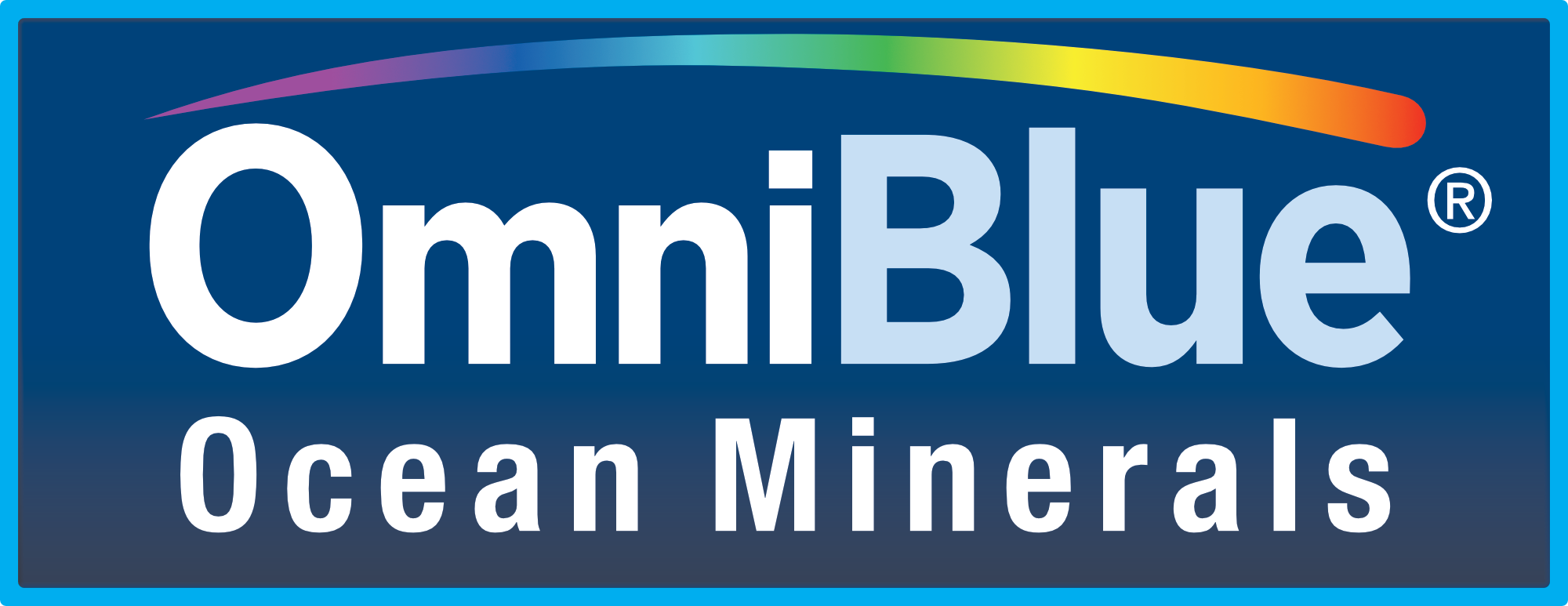Hello, 8%ers!
We’ve got exciting news, our website just got a major upgrade! While our current site launched only a few months ago, we’ve been working tirelessly to make it even better for you. Now, you can dive into our newsletters anytime, right on the site. Missed an issue? No problem, it’s all there, waiting to be rediscovered. We’ve also added a recipe book curated by our team dietitian, featuring delicious, mineral-rich meals that’ll nourish you from the inside out. And for the curious minds, our refreshed Science of Minerals page has everything you need to know about the essential minerals that power your body.
Now, let’s hop into this week’s topic: dehydration, a silent health menace most of us battle without realizing it. Sure, you know it’s about not having enough water, but do you know what it really does to your body? Let’s find out!

What is dehydration?
Simply put, dehydration is when your body has less water than it needs. But defining it is trickier than it seems. For starters, hydration needs change with age. A newborn’s body is about 73% water. By age 10, it’s 62%. At 60, it’s down to 55%. And after 61? Around 50%. It’s a natural part of aging, but it does mean staying hydrated becomes increasingly important as the years go by.
So how do we go about defining dehydration? It isn’t a one-size-fits-all problem. What’s mild for a 63-year-old could be catastrophic for a baby. Scientists define dehydration through three main methods:
-
Weight Loss: If you’ve lost more than 3% of your body weight in a week. The problem here is that it’s tricky knowing if it’s strictly water weight.
-
Symptoms: Feeling dizzy, confused, or dry-mouthed? Congratulations, you’re (probably) dehydrated.
-
Blood Tests: For the data nerds among us, taking a blood test to measure serum osmolarity (blood concentration levels) is a sure indicator. Levels of 295 mOsm/kg or higher mean you’re running dry.
How do you get dehydrated?
The answer is pretty simple, by not having enough water to meet your metabolic demands… no surprise there, but lets go over the kinds of situations that make us more likely to drain our bodies water supply.
-
Increased Metabolic Demand: Whether you’re sweating through a HIIT class, hiking in 90-degree heat, or living through a heatwave, our body sweats more in order to maintain a healthy body temperature and equates to increased water elimination, thus an equal increase in intake in order to maintain homeostasis.
-
Neglecting Fruits & Veggies: Fun fact: fruits and veggies are 90–95% water by weight. Eating two fruits and two veggies a day can sneak an extra 2 cups of water into your diet without refilling your bottle.
-
The Busyness Epidemic: Life is loud. Between work, family, and everything else, it’s easy to ignore your body’s quiet pleas for hydration until you’re in full raisin mode.
The Solution:
The simplest way to tackle dehydration? Drumroll, please... drink more water! Easier said than done, right? Sometimes the thought of gulping down two full glasses of water feels like a chore, even if your body is practically begging for it. That’s where a small lifestyle tweak can make a big difference: invest in a reusable water bottle.
But don’t settle for just any bottle, go big. A 32 oz bottle is ideal. Keep one at work and one at home, and you’ll find that having it nearby encourages you to sip throughout the day without even realizing it. Before you know it, you’ve polished off the whole thing. The goal is simple: drink two of these bottles daily to keep your hydration levels on point. Trust us, it’s a game-changer.
However, there’s more to hydration than just drinking water. When you increase your water intake, it’s crucial to include electrolytes to help your body retain that water effectively. Without adequate electrolytes, the extra water you’re drinking may pass straight through your system, leaving you running to the bathroom instead of feeling refreshed.
Most people think of electrolytes as just sodium and chloride, basically, salt. While those are important, they’re only part of the story. True hydration requires a balance of five key minerals: sodium, chloride, potassium, magnesium, and phosphorus. These minerals work together to maintain your body’s electrolyte balance and ensure everything functions smoothly. Without them, even your best hydration efforts could fall short.
OceanHydrate Sports:
Before we crafted OceanHydrate Sports, the electrolyte powder sector was saturated with products that contain either an obscene amount of salt, sugar or vitamins. But we had yet to find a product that offered all essential electrolytes in sufficient quantities to support complete and quick hydration on a whole new level.
OceanHydrate Sports offers 440 mg of Sodium, 1505 mg of chlorides, 194 mg of Magnesium and 375 mg of Potassium per serving which is enough to elevate your hydration game while being 100% natural. For those of you who noticed that phosphorus happened to be missing, we didn't skip it. OceanHydrate Sports does contain phosphorus however since it is not naturally occurring in large concentrations in the world's oceans we decided to stay true to our commitment of offering the best all natural minerals on the planet and not add synthetic lab made compounds into the mix.
Final Thoughts
As we wrap up this week’s edition, we want to remind you to check out our new and improved website (not only because of the discounts). We’ve put a lot of effort into creating a space that’s as informative as it is user-friendly. Check it out and elevate your wellness journey!
Have a great week!

Share:
Intermittent Fasting: Miracle or Misstep?
Boron: Small Mineral, Big Benefits